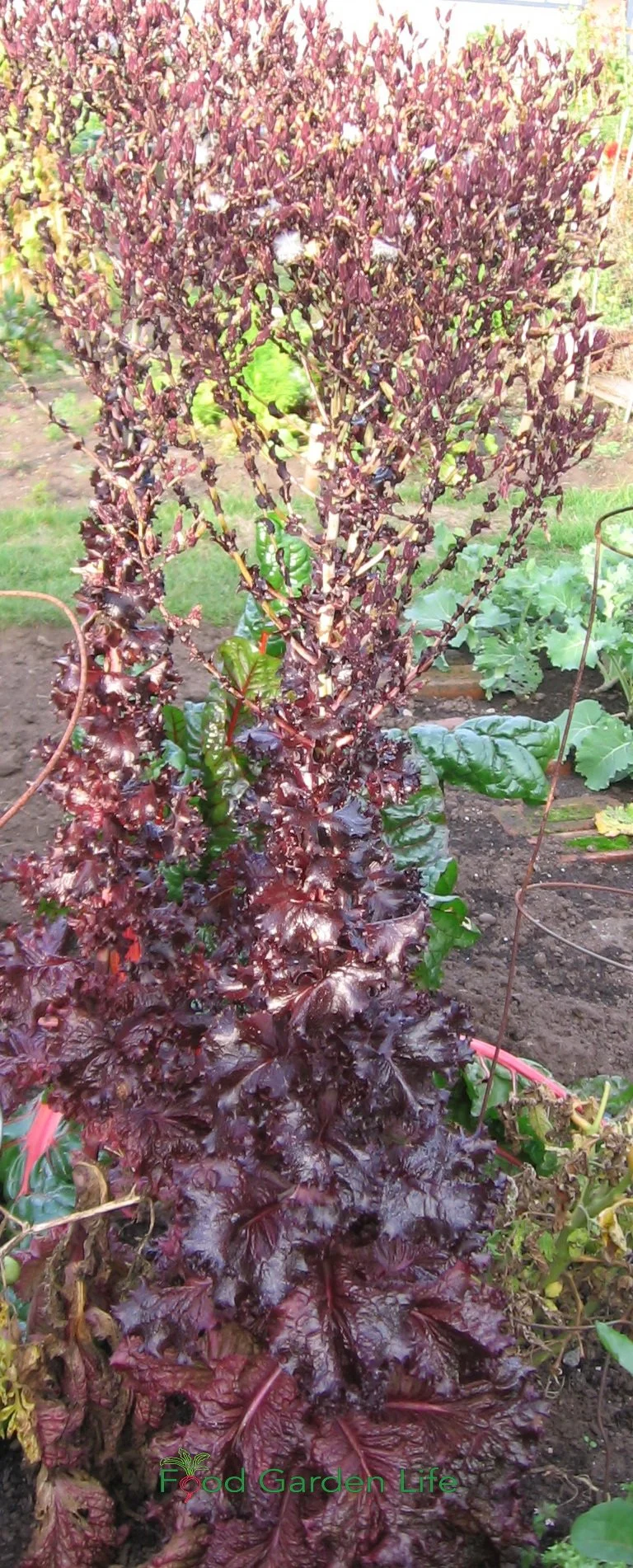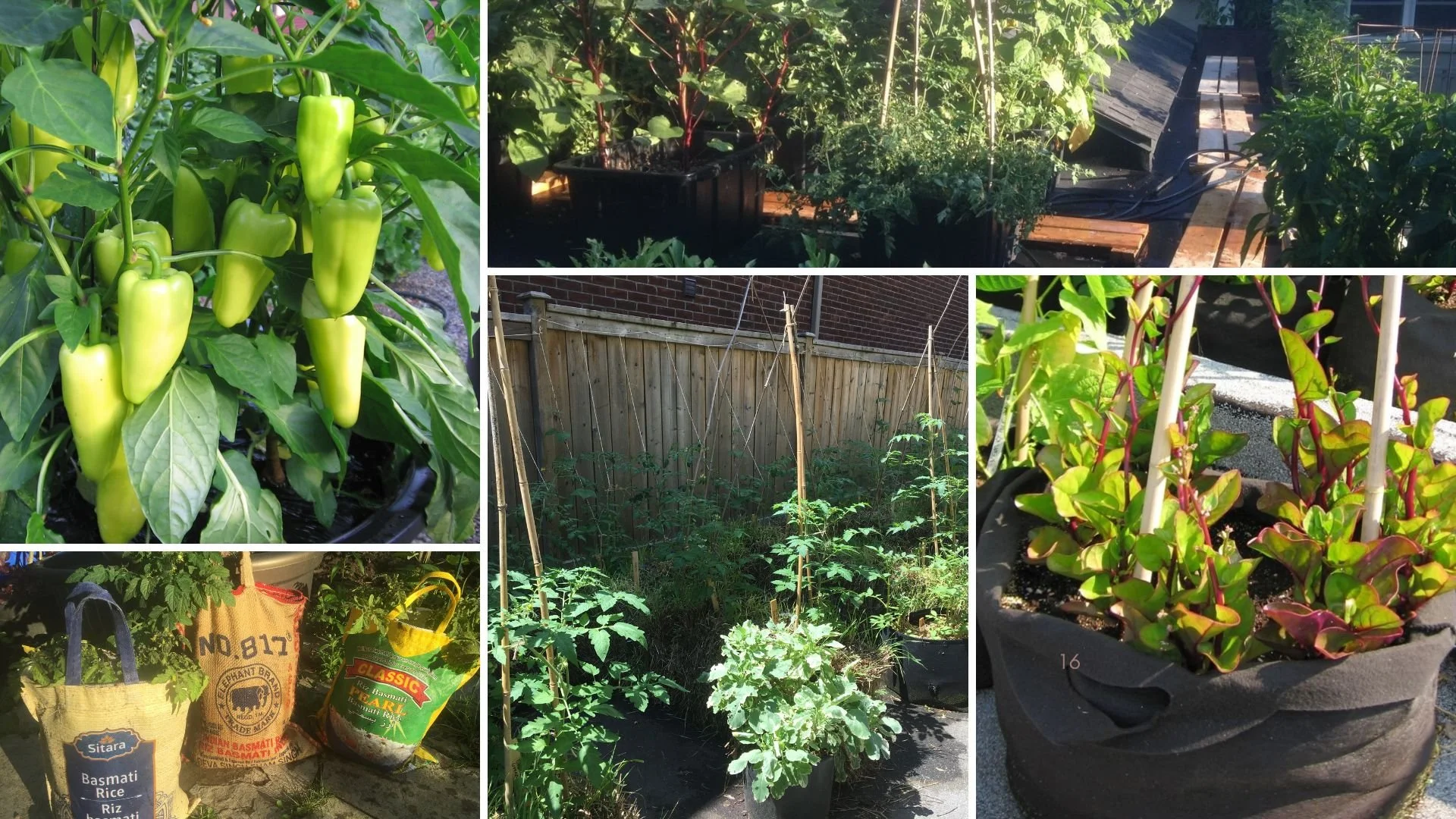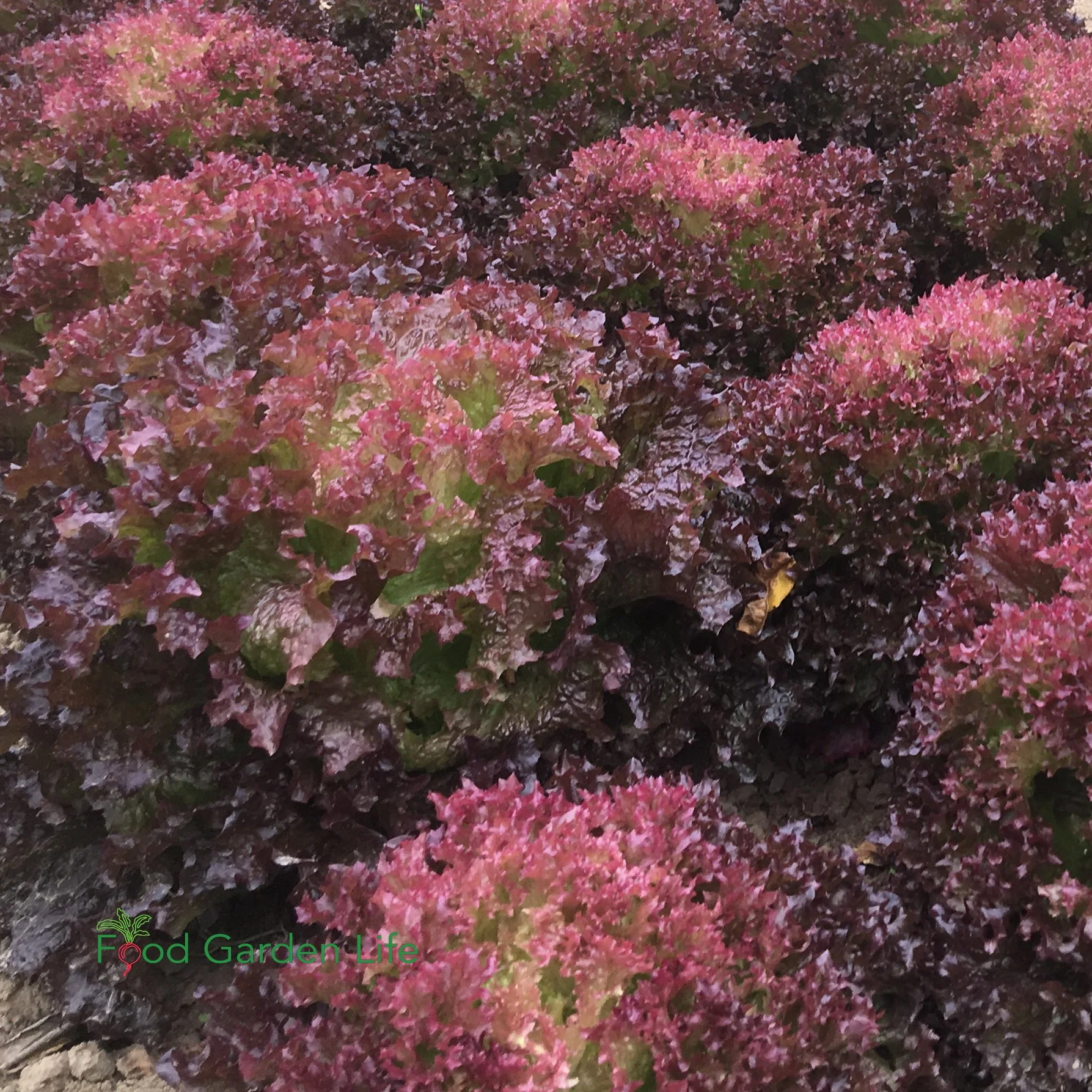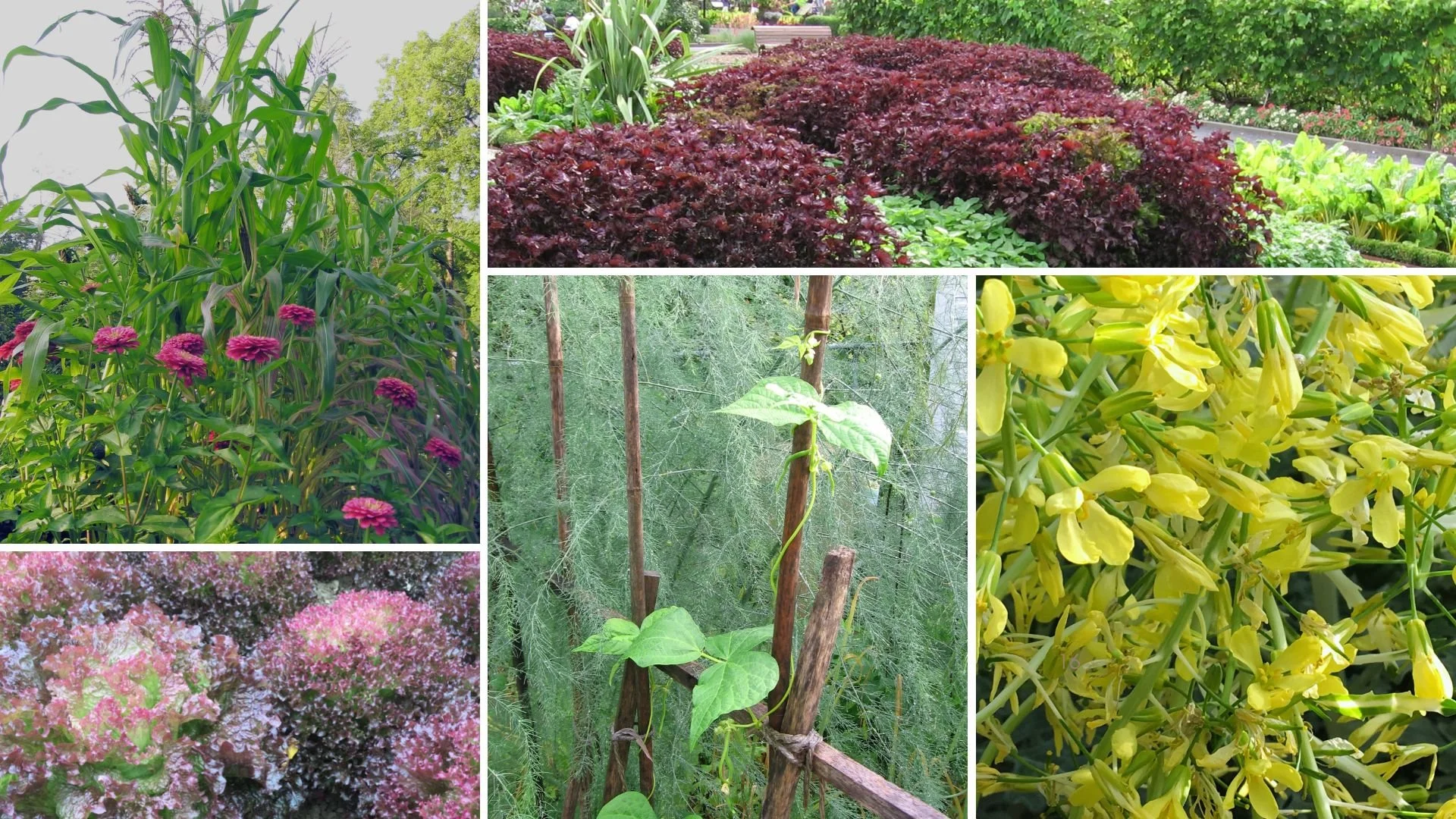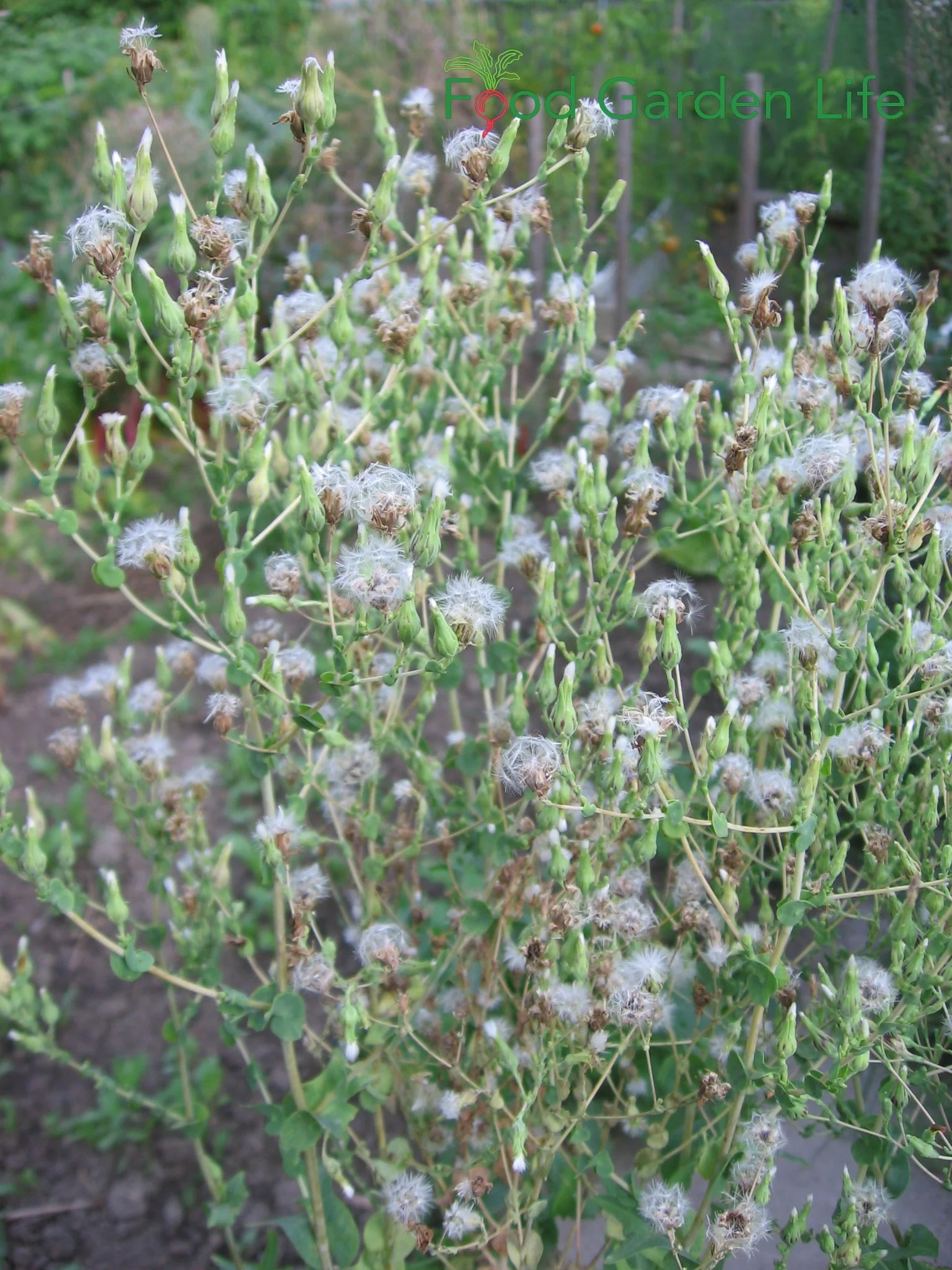By Steven Biggs
Delay Bitterness and Bolting Lettuce
Once day you're looking at a bed of perfect lettuce plants with juicy, tender leaves. Looks like you have enough lettuce for days.
But before you know it the lettuce heads change shape and start to stretch up in the centre. Your lettuce is bolting.
And with the change in shape comes a change in taste. Bitterness comes with bolting.
But there are ways that you can delay lettuce bolting. This article tells you how.
Bolting Lettuce Plants
It's a normal thing for a lettuce plant to bolt. Lettuce plants start out in leaf-making mode. They make leaves, get bigger, store energy.
But as the lettuce plant gets big enough—and as things around it act as triggers—the lettuce plant changes gears and moves into flowering mode. It bolts.
Lettuce plants are annuals, meaning they have a one-year life cycle. In that one year they flower and make seed.
So your bolting lettuce is a normal thing.
Bolting lettuce plants can get quite tall!
What Bolting Lettuce Looks Like
Bolting lettuce looks a bit like plant yoga as the centre of the leaf rosette begins to stretch upwards. Next, the now-lanky lettuce sends up a flower stalk.
Meanwhile, the leaves become bitter and tough.
What Makes Lettuce Bolt?
Bolting is normal. But lettuce plants don't bolt according to the calendar. A lettuce plant bolts because it's triggered by what's going on around the plant.
Here are triggers:
Heat
Dry conditions
Long days
As you see, lettuce bolts as we get normal summer weather. But you can still enjoy lettuce leaves in the summer using the ideas below.
5 Ways to Delay Lettuce Bolting:
Here are ways to keep growing these cool-season plants during the summer for continuous supply of salad greens:
Choose Slow-to-Bolt Lettuce Varieties
Some lettuce varieties don't bolt as quickly in summer weather. As you're shopping for lettuce seeds, look for a "heat-tolerant" or "bolt-resistant" lettuce variety.
Provide Shade for Summer Lettuce
When conditions are cooler and moister in the spring, lettuce does well in full-sun locations.
But as things heat up, give your lettuce some shade. When it's shadier it's also cooler and there's often more soil moisture.
There are a few ways to grow a shaded lettuce crop in the summer:
Growing lettuce in pots placed in a shady location.
Grow lettuce underneath taller crops that shade it. I grow lettuce underneath staked tomato plants.
Put up a mini hoop tunnel with shade cloth over top of the lettuce.
Grow vining crops such as cucumbers over an A-frame—and grow your lettuce in the shaded space underneath
Find out how to set up for success, pick great crops, and care for them. Container Vegetable Gardening Masterclass gives you the information and ideas you need for high-yield container vegetable crops.
Mind the Moisture
Well-watered lettuce doesn't bolt as quickly. Water regularly.
If you're growing in rows and can mulch around plants, a generous layer of mulch helps to hold in moisture.
Don't Overcrowd
Prevent lettuce from bolting quickly with heat-resistant varieties, ample moisture, shade, enough space—and a shock treatment!
Stress can cause lettuce to bolt sooner. When lettuce plants are tightly packed into a garden, there's less space for roots, less space for leaves to grow—and less moisture. These stresses can make lettuce plants bolt sooner.
When I sow a bed of lettuce, I seed fairly densely. But as the little lettuce plants grow, I pull out some of the small plants as I harvest. This allows more space between remaining plants.
Shock Treatment
A little shock can temporarily derail the plant's readiness to bolt. Dig up and transplant a few of your perfect heads of lettuce to give yourself a few extra days of lettuce harvest.
A Non-Bolting Lettuce Alternative
Here's another idea for you: Grow a leafy green that won't bolt.
Swiss chard has a two-year life cycle. It's a "biennial."
That means that for the whole first year, the plant makes leaves. It only bolts in its second year.
Enjoy playing with colour, texture, and shapes?
Don’t want a cookie-cutter veggie garden?
If you've thought of growing more of your own food, but you don’t know what to do next, Edible Garden Makeover gives you the ideas, knowledge, and inspiration to grow food in a way that fits your yard and your style.
Let a Few Lettuce Plants Flower
Lettuce producing seeds that float around the garden if left long enough. Grow your own lettuce seed—and attract birds to the garden with lettuce seed.
When the lettuce begins to bolt, I remove most of the plants. But I keep a few.
Here's why to keep a bolting lettuce plant:
Grow your own seeds. You can save the seeds to plant later, or, you can allow the wind to move the floating seeds around your garden.
Attract finches to the garden. I love to watch gold finches swoop in and land on the tall lettuce seed head to dine on the seeds.
FAQ: Bolting Lettuce
Can you eat bolted lettuce?
It's not toxic, but it's hardly palatable. But if you enjoy something that combines bitter and tough, give it a try.
Can you prevent lettuce from going to seed?
Short of killing the plant, you probably can't derail that one-year life cycle that terminates with seed.
But if you follow the steps above, you can delay bolting and seed formation.
What other leafy greens bolt?
Arugula, spinach, cilantro, bok choy, and mustard are common leafy greens that bolt.


